FTH Impact in Focus: Connected Health Led by CHEDDAR
22 Jul, 2025

Welcome to our new Impact in Focus series, where we spotlight the real-world applications and transformative potential of research across the Federated Telecoms Hubs (FTH).
In the months ahead, we’ll explore key themes such as AI-driven connectivity, sustainable telecoms, and other innovations shaping the future of communication.
Our first edition, led by CHEDDAR, centres on Connected Health examining how next-generation telecoms technologies are redefining healthcare. From safeguarding patient data to enabling real-time remote diagnostics and advancing intelligent robotics, our Hubs: CHEDDAR, TITAN, HASC, and JOINER are driving breakthroughs that move beyond the lab and into daily lives, making healthcare smarter, safer, and more secure.
Remote diagnostics, low-latency comms in rural health, secure edge health data
In this article, CHEDDAR takes the lead in exploring:
-
Connectivity Challenges in Rural Healthcare
-
The Role of Edge Computing and AI in Enhancing Care
-
Improved Emergency Response Through 5G and Secure IoT
Rural areas often face delays in access to critical healthcare services. Many IoT (Internet of Things) devices can help with the healthcare of elderly and/or vulnerable people. These devices can remotely monitor health including vital signs and activity (fall detection). These devices rely on connectivity. Rural areas can be more dependent on cellular networks to connect these IoT devices to cloud servers. This can consume more power on the devices and drain battery life faster from wearable devices. Resulting in more charging and more disruptions to the usage of devices.
Thanks to the use of ultra-low-latency communications (5G), edge computing, and secure health IoT. Patient care is now improved in low connectivity rural areas. With real-time edge processing and improvements to wireless communications, paramedics in rural areas can transmit vital sign information to specialists physically located hundreds of miles away.
Edge computing allows for data to be stored physically closer to the IoT devices. Edge devices integrate AI Intelligence to make real-time insights from collected data. AI has been used with a wide range of healthcare applications in the University of Glasgow. Examples include Radio Frequency (RF) sensing for lip reading under a face mask [1], RF sensing for human activity detection [2] and RF sensing for human fatigue detection [3].
Edge devices work without the need for internet access allowing for fast decisions to made locally. Without Edge devices sensitive data needs to send to a centralised cloud server to then be processed for decision making. This process involves higher delays and is dependent on internet access. Which could already be a challenge in rural areas. Additionally edge computing allows for more secure data processing as data network exposure is kept to a minimum.
Once the Edge device has used AI to make informed decisions about patient’s health from data received from the IoT devices, secure and reliable communication is needed to reach out if help is needed. 5G cellular networks support higher network efficiency and are more secure. When paired with Edge computing, it can transmit less data at faster speeds to cloud services.
Sources
https://www.telit.com/blog/edge-ai-in-connected-health-care-patient-centric-approach/
References
[1] Hameed, H., Usman, M., Tahir, A., Hussain, A., Abbas, H., Cui, T. J., … & Abbasi, Q. H. (2022). Pushing the limits of remote RF sensing by reading lips under the face mask. Nature communications, 13(1), 5168.
[2] Khan, M. Z., Bilal, M., Abbas, H., Imran, M., & Abbasi, Q. H. (2025, April). A Novel Multimodal LLM-Driven RF Sensing Method for Human Activity Recognition. In 2025 2nd International Conference on Microwave, Antennas & Circuits (ICMAC) (pp. 1-4). IEEE.
[3] Taylor, W., Hill, D., Adam, R., Cooper, J., Abbasi, Q. H., & Imran, M. A. (2024). WearRF: Hybrid Sensing for Fatigue Detection Using Wearables and RF. IEEE Sensors Journal.




